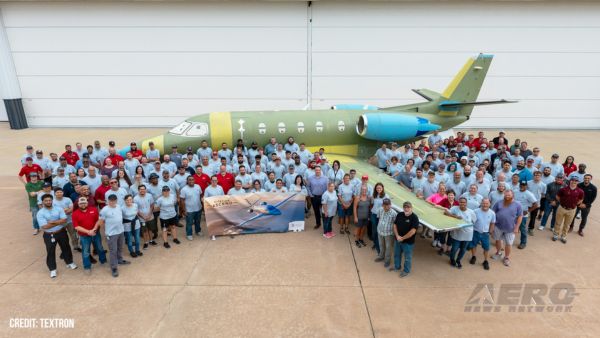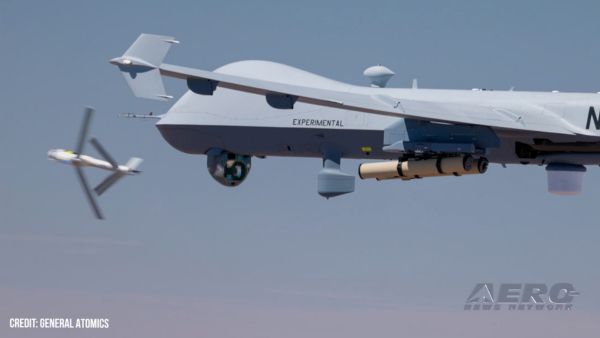Probably Not. ADIZ Relocation Program Probably Means
Restrictions Are Here To Stay
The National Air
Transportation Association (NATA) Friday said it's very concerned
that a program designed for relocating aircraft trapped within the
Washington DC Metropolitan Area ADIZ means that the airspace's
severely flawed preflight and operational procedures will not be
modified or withdrawn in the near future. The program was
announced Wednesday in a Transportation Security Administration
(TSA) briefing for aviation industry officials and will be
implemented Saturday.
The Washington (DC) Metropolitan Area ADIZ (Air Defense
Identification Zone) was established on March 18, 2003, and
includes aircraft equipment and operational requirements with which
many smaller operators cannot comply. Those aircraft located
within the ADIZ have been grounded since March and others are
prevented from operating to or from airports within the
airspace. The TSA relocation program is designed to allow
operators of those aircraft to remove them from the ADIZ under
controlled conditions.
"While we are grateful that the TSA and others within the
federal government will allow these aircraft to be flown out of the
ADIZ, we are equally concerned that nothing is being done to
address the many flaws in the airspace designation and its
operational procedures," said Joseph E. (Jeb) Burnside, NATA vice
president for government and industry affairs. "Now is an
excellent opportunity to revise these procedures and reduce the
burden on aircraft operators in and around the Washington area as
well as those who fly to their nation's capital from elsewhere in
the U.S."
Current requirements for operating within the ADIZ include a
discrete transponder code and two-way voice communications
capability for flights remaining in an airport's traffic
pattern. For flights from one airport to another or those
that enter or depart the ADIZ, a flight plan and related ATC
clearance are also required. These requirements are at the
root of the problems experienced by operators of poorly equipped
aircraft and the need for the relocation program. The
requirements are also responsible for overloading the area's air
traffic control system, which was never designed to handle the
increased demand.
"Even presuming that the ADIZ is a useful tool for ensuring
aviation security, there are a number of ways the federal
government can simplify current procedures," said Burnside.
"Eliminating the flight plan requirement is an excellent place to
start, since this has been the source of much confusion and
frustration among aircraft operators and the FAA alike."
The TSA's relocation
program includes three basic elements. First is a three-week
information collection period starting Saturday, August 23, which
is designed to determine where these aircraft are based and how
many of them need to be relocated from within the ADIZ.
Second, and once the TSA collects that information, decisions will
be made on how and when the relocation can be conducted.
Finally, the actual relocation will be implemented.
According to the TSA, the following information is requested
from affected aircraft operators during the three-week period
beginning August 23:
A. Aircraft owner's full name
B. Pilot's full name (if different from aircraft owner)
C. Contact telephone number(s) for A and B above
D. E-mail address(es) for A and B above
E. Aircraft tail number
F. Location of aircraft, including latitude and longitude
coordinates
G. Radio capabilities
H. Transponder capabilities
The TSA further asks that all requested information be submitted
to the agency no later than 2359 EDT, September 12, 2003, via one
of the following:
"While we look forward to working with the TSA and others in the
federal government to make this relocation program work well, we
remain concerned that the FAA and the TSA are passing up the
opportunity to address many of the problems created by the ADIZ,"
Burnside concluded.
 NTSB Final Report: Evektor-Aerotechnik A S Harmony LSA
NTSB Final Report: Evektor-Aerotechnik A S Harmony LSA ANN's Daily Aero-Term (09.15.25): Decision Altitude (DA)
ANN's Daily Aero-Term (09.15.25): Decision Altitude (DA) Aero-News: Quote of the Day (09.15.25)
Aero-News: Quote of the Day (09.15.25) Airborne 09.12.25: Bristell Cert, Jetson ONE Delivery, GAMA Sales Report
Airborne 09.12.25: Bristell Cert, Jetson ONE Delivery, GAMA Sales Report Airborne 09.10.25: 1000 Hr B29 Pilot, Airplane Pile-Up, Haitian Restrictions
Airborne 09.10.25: 1000 Hr B29 Pilot, Airplane Pile-Up, Haitian Restrictions


